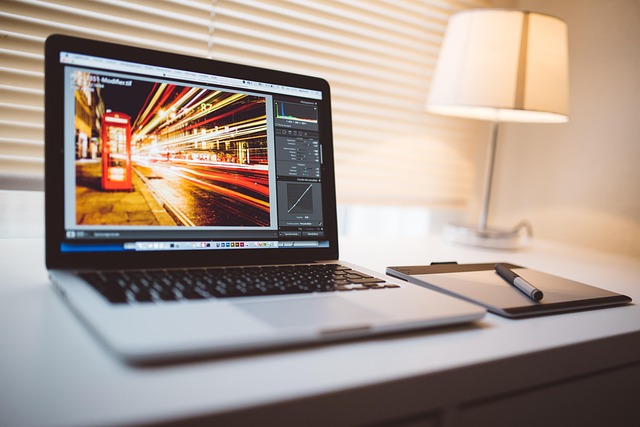The world of photography often revolves around beauty, light, and aesthetics, yet there exists an intriguing charm in the realm of ugliness. When we think of composition, we typically envision balance, harmony, and pleasing visuals, but what if we shifted our focus to embrace the raw, the unrefined, and yes, the ugly? Ugliness in photography can elicit powerful emotions and provoke thought, ultimately leading to a richer narrative within a single frame.
Consider the camera as a gateway, allowing us to capture not only the admired landscapes and beautiful portraits but also the overlooked scenes that might be deemed unattractive. It’s in these moments that we often find the essence of life—grit, struggle, and a challenge to conventional beauty. Optics play a critical role, allowing photographers to manipulate focus and depth of field, drawing attention to the imperfections that can tell a deeper story. Think of a decaying building, its peeling paint and crumbling bricks. A well-composed photograph can make even the most seemingly unappealing subject stand out, showcasing the beauty that can be found in decay.
Moreover, exploring ugliness pushes us as photographers to step outside our comfort zones. It invites us to see the world through an unconventional lens, where harsh shadows, distorted angles, and muted colors can shape an entirely different narrative. The interplay of light and shadow can enhance the aesthetic of the unattractive, transforming a so-called eyesore into a compelling subject. Whether it’s the unkempt alleyways of a bustling city or the struggles reflected in worn-out faces, ugliness offers a unique perspective—one that invites viewers to feel and reflect.
In composition, juxtaposition can be a powerful tool. Placing an ugly subject against a beautiful background, or incorporating elements of chaos within a serene landscape creates visual tension that commands attention. Such compositions challenge the viewer’s preconceived notions about beauty, encouraging them to reconsider what it means to capture reality authentically. By embracing ugliness, photographers have the opportunity to explore themes such as societal challenges, environmental degradation, and personal struggle, weaving a narrative that resonates deeply with audiences.
As photographers, we often fall prey to the allure of perfection, but opening ourselves up to the notion of ugliness can be liberating. It brings forth a different kind of beauty—one that lies in the truth of our experiences, the authenticity of our subjects, and the stories that need to be told. Through our cameras, we hold the power to redefine what is worth capturing, finding richness in the overlooked and often ignored facets of life. So next time you pick up your camera, consider seeking out those moments that resonate with intensity and depth. Embrace the ugly; it may just be the key to unlocking a powerful narrative in your photography.



